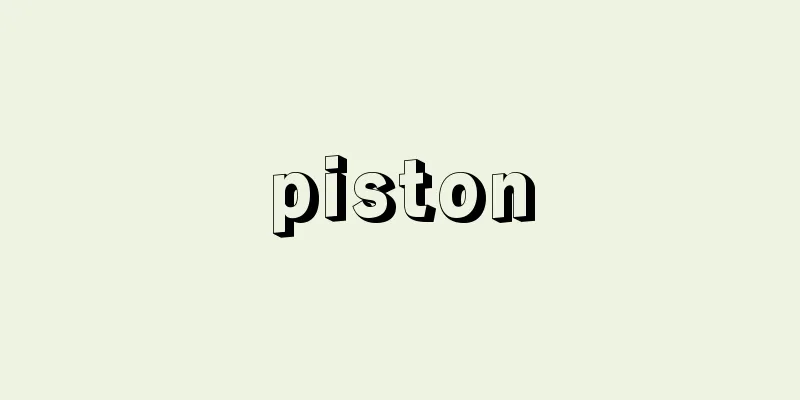Heicho - Heicho

〘 noun 〙① A gentle tone. A normal state. Also, being stable and calm. ※How to become a literati (1894)〈Uchida Roan〉4 "If it's just beautiful, it's not very interesting because it's too flat (hei-teu) " 〔Book of the Later Han - Biography of Song Jun〕② One of the names of the tones in Chinese music. In the Han dynasty, it was a scale of popular music (Qing Shang Sancho, Sowa-gaku, etc.), and it became the name of the tone when the Tang dynasty established the 28 tones of popular music. It is the basis for the flat tone (hyo-jo) , one of the six tones and twelve tones of Japanese gagaku. 〔Book of Wei - Music history〕③ One of the Chinese tuning methods. It corresponds to the hon-cho of the shamisen in Japan. In Chinese scale names, from the lowest string (ichi- no -ito), the tones are hou, sui , and ryu . ※Warambegosa (1660) 1 "In the Tang Dynasty, the Heijo style was used. Gold was used because of the Hosei style." ④ ⇒ Heijo (Heijo)Hyō- jōhyaudeu [Heiwa]Source: The Selected Edition of the Japanese Language Dictionary About the Selected Edition of the Japanese Language Dictionary Information |
〘名〙① 穏やかな調子。平常の状態。また、安定し落ち着いていること。※文学者となる法(1894)〈内田魯庵〉四「唯美くしてゐるばかりでは余り平調(ヘイテウ)で面白くない」 〔後漢書‐宋均伝〕② 中国音楽の調名の一つ。漢代には、俗楽(清商三調、相和楽など)の音階で、唐の俗楽二十八調の制定で、調名となった。日本の雅楽の六調子・十二律の一つ、平調(ひょうじょう)のもとになるもの。〔魏書‐楽志〕③ 中国の調弦法の一つ。わが国の三味線の本調子に当たる。中国の音階名では、最低弦(一の糸)から、合(ほう)・四(すい)・六(りゅう)の調子。※わらんべ草(1660)一「唐には、平調を用る。金は宝成故也」④ ⇒ひょうじょう(平調)
ひょう‐じょう ヒャウデウ【平調】出典 精選版 日本国語大辞典精選版 日本国語大辞典について 情報 |
<<: Miaodigou ruins - Miaodigou ruins
>>: Drifting God - Hyochakushin
Recommend
Kick Law
One of the laws of crushing states that the energy...
Abashiri Bangaichi
1. A novel by Ito Hajime. Written based on his exp...
Yoshimori Wada
A military commander in the early Kamakura period...
Felinae
...This hunting method was very successful, and a...
Icelandic - Icelandic
The national language of the Republic of Iceland....
Ikoma River
...It is about 15 km long and has a drainage area...
Takakazu Kyogoku
1619-1662 A daimyo in the early Edo period. Born ...
Rokuen Diary - Rokuon Nichiroku
This is the general term for the diaries of the s...
Teachers' Right to Education
...As a historical concept and in legal theory, i...
Aqua regia (English spelling)
A common name for a mixture of concentrated nitri...
Sameura Dam
Located in the upper reaches of the Yoshino River,...
Mecklenburg - Mecklenburg (English spelling)
A historical region in northeastern Germany facin...
Archaeopteryx
The first bird, which lived about 150 million yea...
Anasazi culture - Anasazi
A prehistoric agricultural culture that flourishe...
Vidie, L. (English spelling) VidieL
…In 1793, Amaga invented the double free piston A...









